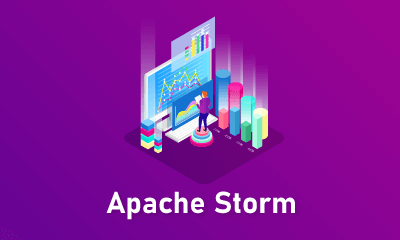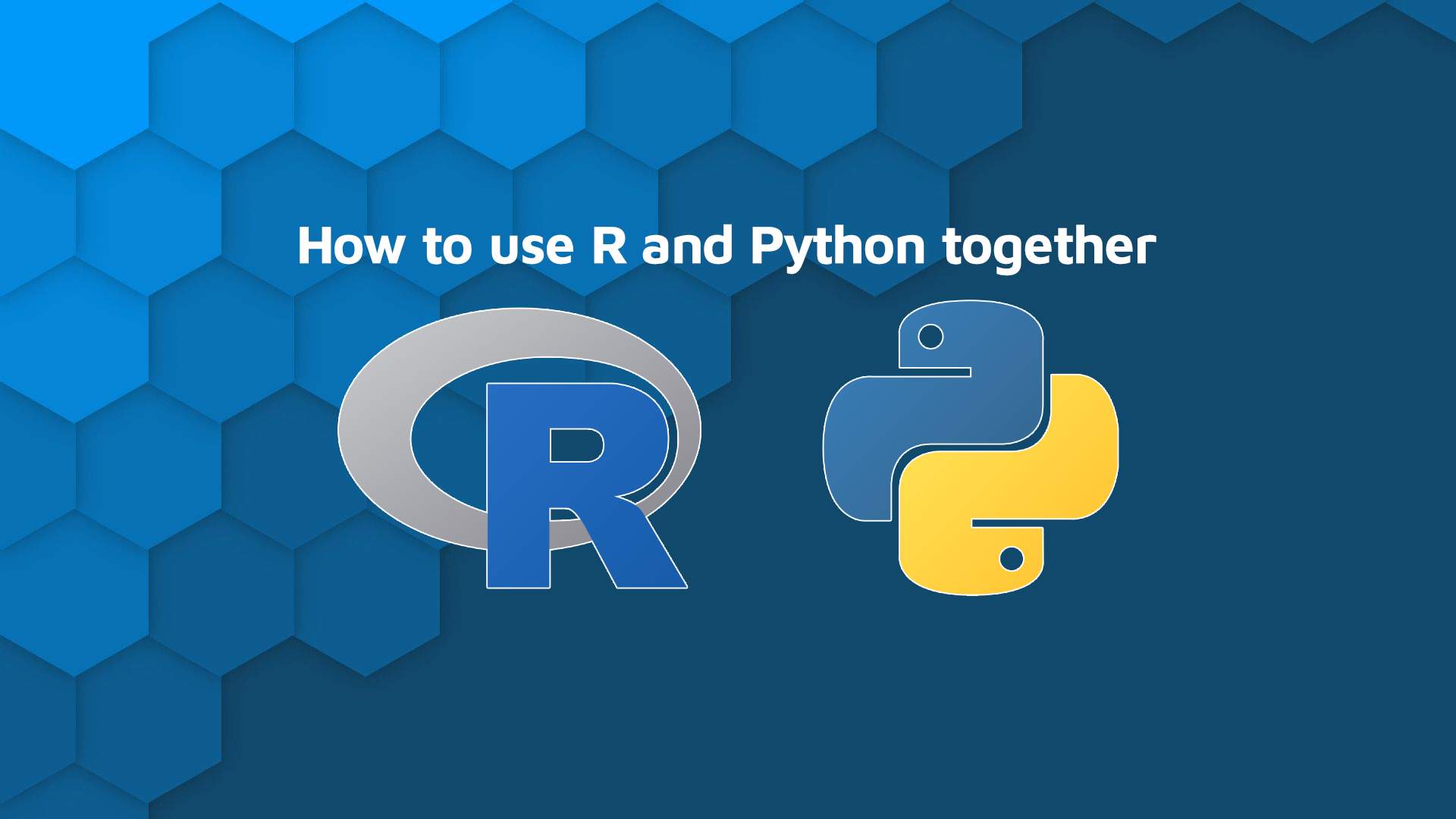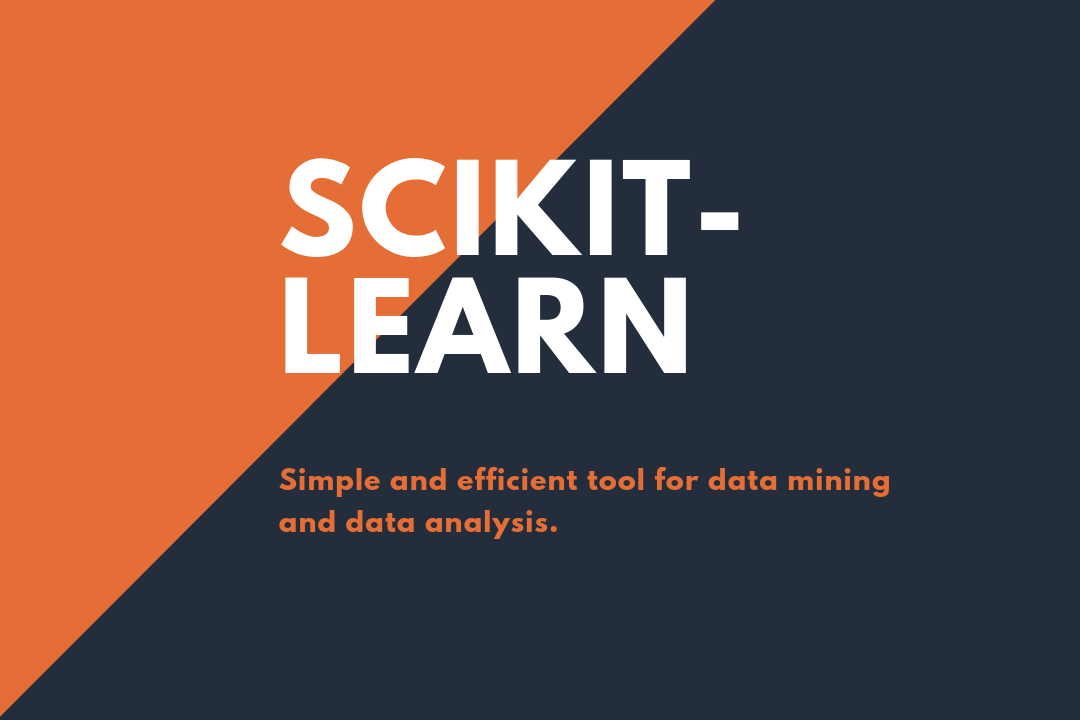Description
Introduction
Scala for data engineers has become a popular choice, especially when working with big data frameworks like Apache Spark and Hadoop. Combining the power of functional programming and object-oriented principles, Scala provides an efficient, concise, and expressive way to handle large datasets. In this guide, we’ll explore how Scala is used in big data solutions, focusing on its application in distributed computing, data processing, and real-time analytics. Whether you’re working with batch or stream processing, Scala for data engineers features allow for scalable and high-performance big data systems.
Prerequisites
To fully benefit from this guide, you should:
- Have a basic understanding of Scala programming language.
- Be familiar with big data concepts, such as distributed systems and data processing.
- Have basic knowledge of Apache Spark and Hadoop or other big data frameworks.
- Be comfortable with handling large datasets and data transformations.
Table of Contents
- Introduction to Scala for Big Data
1.1 Why Scala for Big Data Solutions?
1.2 Key Features of Scala for Data Engineering
1.3 Overview of Big Data Frameworks (Apache Spark, Hadoop) - Setting Up Scala for Big Data Development
2.1 Installing Scala and Setting Up Development Environment
2.2 Introduction to sbt (Scala Build Tool) for Managing Dependencies
2.3 Configuring Scala with Apache Spark and Hadoop
2.4 IDEs and Tools for Scala Big Data Development (IntelliJ IDEA, Eclipse, etc.) - Apache Spark with Scala
3.1 Introduction to Apache Spark
3.2 Setting Up Spark with Scala
3.3 RDDs and DataFrames in Spark
3.4 Writing Spark Jobs Using Scala
3.5 Performance Optimization in Spark with Scala
3.6 Spark SQL for Data Transformation and Querying
3.7 Spark Streaming for Real-Time Data Processing - Batch Data Processing with Scala
4.1 Working with HDFS (Hadoop Distributed File System)
4.2 Using Scala to Process Large Datasets in Spark
4.3 Data Cleansing and Transformation in Scala
4.4 Aggregation and Sorting Techniques for Big Data
4.5 Writing Efficient Scala Code for Batch Processing - Stream Processing with Scala and Apache Kafka
5.1 Introduction to Stream Processing and Real-Time Data
5.2 Setting Up Kafka with Scala for Streaming Data
5.3 Building Stream Processing Pipelines with Apache Spark Structured Streaming
5.4 Real-Time Analytics with Scala and Spark Streaming
5.5 Integration with External Data Sources (Databases, APIs) - Working with NoSQL Databases in Scala
6.1 Introduction to NoSQL Databases (Cassandra, MongoDB, HBase)
6.2 Connecting Scala with NoSQL Databases for Big Data Solutions
6.3 Writing Scala Code to Interact with Databases
6.4 Optimizing Data Access and Query Performance in NoSQL Databases - Distributed Data Processing and Fault Tolerance
7.1 Introduction to Distributed Computing Concepts
7.2 Scala’s Role in Distributed Data Processing with Spark
7.3 Understanding Fault Tolerance and Data Replication in Big Data
7.4 Writing Resilient and Fault-Tolerant Scala Applications - Data Engineering Best Practices in Scala
8.1 Writing Scalable and Efficient Data Processing Pipelines
8.2 Leveraging Functional Programming for Data Transformation
8.3 Managing Data Quality and Ensuring Data Integrity
8.4 Monitoring and Logging for Big Data Applications(Ref: Building Scalable Applications with Scala)
8.5 Performance Tuning for Big Data Workflows - Integration of Scala with Other Big Data Tools
9.1 Using Scala with Hadoop and MapReduce
9.2 Working with Apache Flink for Streaming Data
9.3 Scala Integration with Apache Hive for Data Warehousing
9.4 Using Scala for Machine Learning with Apache MLlib - Advanced Data Engineering Topics
10.1 Implementing Complex Data Pipelines with Scala
10.2 Using Scala for Data Lake Architecture
10.3 Real-Time Data Analytics with Spark and Scala
10.4 Leveraging Scala for Graph Processing in Big Data (GraphX) - Best Practices for Working with Big Data in Scala
11.1 Handling Large Datasets and Memory Management in Scala
11.2 Optimizing Parallelism and Distributed Computing
11.3 Code Maintainability and Scalability
11.4 Building Modular and Reusable Data Pipelines - Conclusion and Next Steps
12.1 Summary of Scala’s Role in Big Data Engineering
12.2 Recommended Resources for Further Learning
12.3 Moving from Theory to Practice: Real-World Data Engineering Projects
Conclusion
Scala’s versatility and functional programming capabilities make it an ideal language for building big data solutions. By leveraging Scala for Data Engineers its power with tools like Apache Spark, Hadoop, and Kafka, data engineers can build scalable, efficient, and resilient data pipelines. This guide has equipped you with the necessary skills to design and implement data engineering solutions using Scala. As big data continues to grow, mastering Scala will enable you to stay ahead in the field of data engineering and develop advanced solutions for complex data challenges.







Reviews
There are no reviews yet.